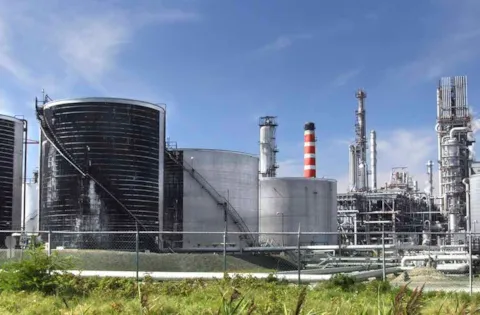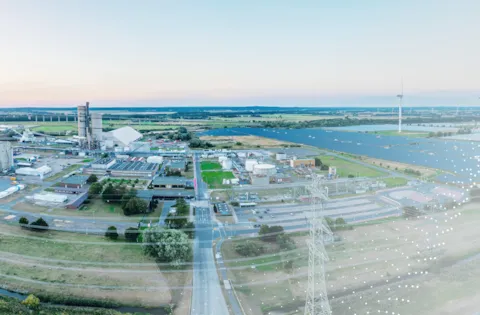Some roles will be more active during operations-phase:
The Roles: Maintenance Engineer
During the design-phase, there is little information available regarding the maintenance strategy. As a minimum prerequisite, it is expected that an initial idea of the required resources is implemented in the RAM model. This would yield to an early assessment of the potential bottlenecks.
As the asset moves into the operational-phase, the maintenance engineer can contribute by:
- Assisting on the implementation of the designed maintenance strategies to the model;
- Providing the existing plan for Planned Maintenance work
- Providing information on how the maintenance team would respond to equipment faults;
- Providing information related to operational expenditure (OpEx) per resource so the RAM model can help with the prediction of maintenance budget
As one will notice, the role of the maintenance engineer starts small but grows as the asset gets into the operational-phase. That said, after defining the maintenance strategy, the information required would only refer to updating existing assumptions.
The Roles: Inspection engineer
The inspection engineer will empower the analysis to evolve and account for condition-based maintenance strategy. The inspection engineer will be gathering data on the condition of equipment in the study. It is important to note that condition data should include both design condition and current condition. This allows the team to understand how the integrity of plant is developing.
This starts to go beyond the traditional RAM model and typically requires an Asset Integrity Management System to control the extra information such as Synergi Plant. An Integrity Management system will allow the RAM model to incorporate inspection plan derived from, for example, Risk-Based Inspection and Reliability-Centred Maintenance studies.
The benefit of adding this extra information relates to prioritising inspection tasks that would yield more return on investment. This can be easily identified by balancing the cost of a failure to the cost of performing inspections.
Similarly to the maintenance engineer, the inspection engineer involvement will star small but grow as the asset gets into the operational-phase.
The Roles: Operations Representative
The Operations Representative is a core team member with effect during the operational-phase. This role typically brings to the table vast knowledge about the plant operations. This includes providing information on occurrences when the process deviated from the limits of the process condition and what was the impact – remember that reliability is a function of the manner a system is operated. If the process allows for multiple routes of production (e.g. refineries), the operations representative should be able to identify what is the new operation condition. Another expected contribution from the operations representative is to assess the consequence scenarios for failure modes under consideration so they are credible i.e. speak of how the plant will actually react.
For example, for revamping studies, the operations representative needs to consulted to advise on the impact of changes to process or equipment modifications;
Furthermore, the operations representative could also bring some real-life experience to the table by, for example, providing input with respect to shut down impacts of equipment (i.e. system shutdown, plant shutdown, etc.); and,
This list is not extensive and I would love hear comments on your experience when dealing with RAM studies.
Finally, you can see that as part of ever-green process of updating data, the resources required are lesser. Some of this process can be automated which will free resources to focus on what they need to – making informed decisions.




